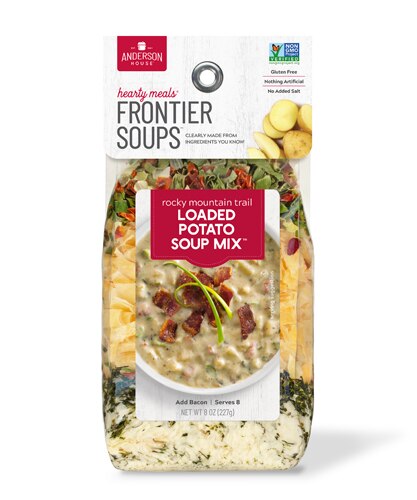The Natural Soapmaker Recipes and Techniques by bestselling DIY author Deborah Dolen is loaded with recipes and formula’s to make soap the old fashioned way, coupled with modern technology for faster preparation and easier clean up. Making your own soap saves a lot of money and produces a much higher quality soap than commercial bought. Few commercial bars say soap anymore on the label because they are not genuine soap, most are detergent bars. Old fashioned soap is long lasting and gives off a natural clean and sexy scent. Natural soap is easy to make with most ingredients local to you.Although the recipes were written for cold process, [no heat applied at all] all recipes in Dolen’s books can be used in the hot process method, for example the crock pot method that became more popular in the last five years, after this book was written. Hot process became more popular because it almost eliminates a 30 to 60 day curing time that cold process soap making requires. The Natural Soapmaker book was updated by Deborah Dolen in 2008 to add How to Cure Your Soap in the Oven in 2 Hours among other great recipes and techniques. Not one of the Deborah Dolen or Mabel White books [her earlier pen name] deal with messy double broiler methods—or long stirring times. Deborah opts for the crock pot and stick blenders instead. The author makes clean up so easy—you will always want to be making your own all natural concoctions at home. Deborah Dolen Mabel White. Author EXTRA 2012 UPDATE not in the book – Although all natural soap recipes can be used for hot or cold process in “The Natural Soapmaker,” hot process natural soap making just got easier in the last few years and even more easy than the crock pot method! Crock pot is great for small batches or rebatching small projects. This can be used for rebatching or making natural soap from scratch:Deborah Dolen’s newest technique for making large batches of natural soap – not in the book yet, she discovered – is the use an 18 quart turkey roaster with a special stainless steel insert that basically confines the entire project to the roaster. Deborah buys these Turkey roasters up after Thanksgiving time frame for at least half off – so like twenty five dollars. Food service must use stainless steel so the extra “part” (around $40 but well worth it) and is available if you shop the web and call the roaster company to make sure that particular model meets the specs. Stainless inserts do not usually come with any roaster.The stainless steel insert does not react with a high lye content or corrode at all. Whether she is employing the crock pot method or roaster method - Deborah Dolen now uses a stick blender in the initial stages of “lye water meeting oil,” and when the soap mixture is at trace [pudding stage] she is then able to use just a hand mixer bakers would use to mix cake batter. A hand blender with the two prongs can navigate a thicker soap but not good for the initial finite mixing when your lye water hits your oil. Initial mixing really needs a stick blender which is much more thorough. Using a roaster also controls the entire heat situation since heat solves many problems if something was not done right. About the only thing heat wont fix is if the recipe was too high in oil from the start. Deborah does keep the roaster on about 200 degrees when she is in this actual mixing phase. It really does help move things along. When her soap is at trace (pudding) she unplugs and covers for the night or if the soap seems neutral enough [on the clear side not cloudy] she will plop it into molds or leave it in the insert a few days to just cut as a block into interesting shapes. Recently updated with metric conversions as well as the U.S. standard of weights. (66 Pages.) Registered National Library of Canada, Ottawa, ISBN 1-894872-08-8 Copyright © Deborah Dolen 2002-2011.Please check out The Soap Rebatcher written by Deborah Dolen and her other DIY books.





















